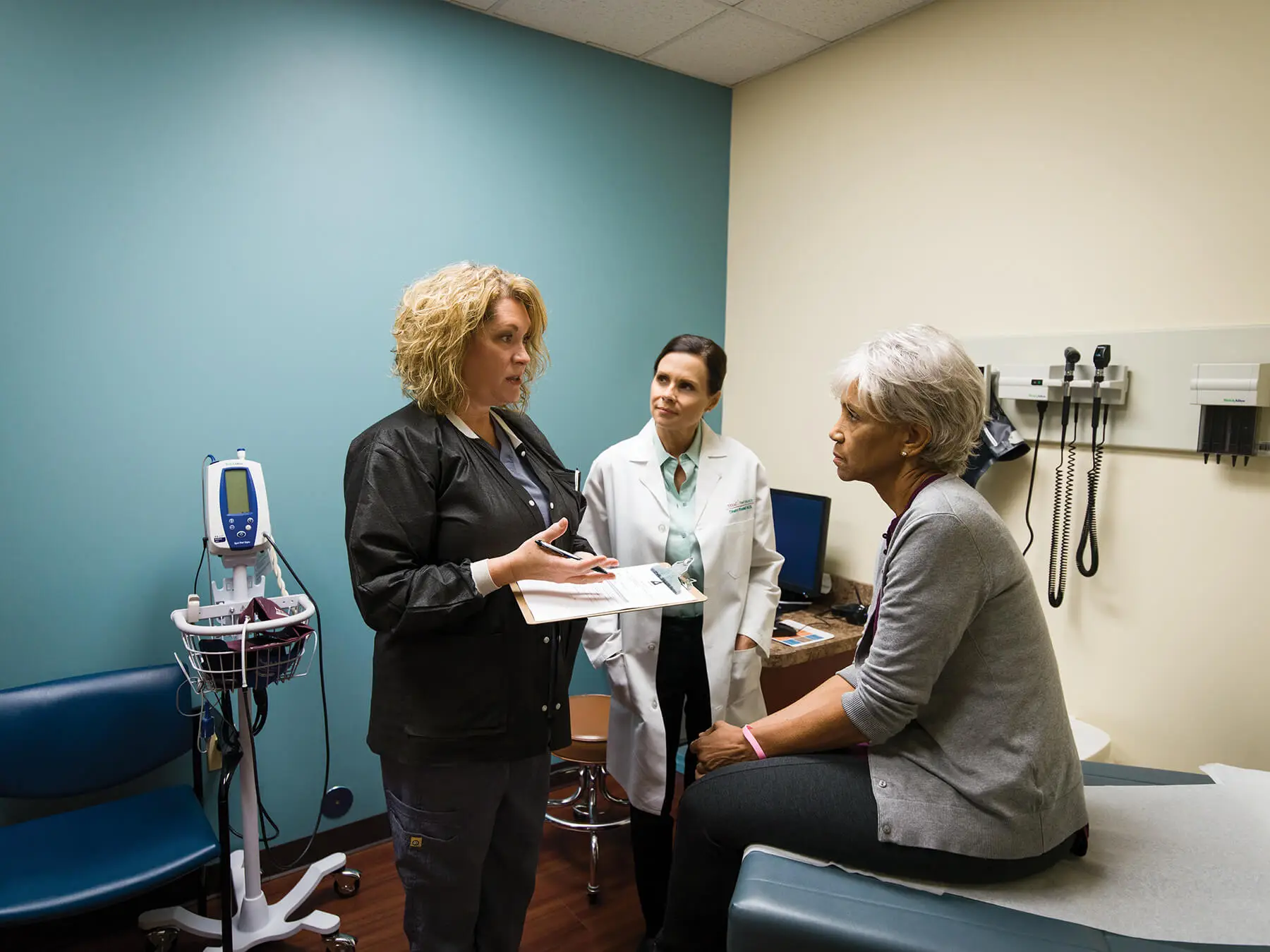Innovating Together Inside The Network Series
Despite advances in precision medicine, gaps in cancer care persist. What if we could identify and address those gaps in real time? Across The US Oncology Network (The Network), physician leaders and care teams are advancing the future of oncology by transforming how we measure and improve care quality. We’re turning to digital quality measurement to make data actionable to improve outcomes for patients. These efforts are helping ensure every patient receives the right treatment at the right time.
Improving Cancer Care Through Smarter Measurement
In oncology, quality measurement is more than a reporting requirement, it’s a diagnostic tool. It helps identify gaps in care, benchmark performance, and drive continuous improvement. Whether it’s ensuring timely biomarker testing or aligning treatment with the latest evidence, quality measures guide us toward safer, more effective, and more equitable care.
Practices in The Network use these measures not only to meet external standards and regulatory program compliance but to refine internal practices. When integrated into clinical workflows, they provide real-time feedback that empowers clinicians to personalize care and respond quickly to patient needs.
Leading the Shift to Digital
Traditional quality measurement methods—like registry-based quality measures that require manual chart abstraction —are labor-intensive and often miss the nuances of oncology care. That’s why The Network is leading the shift to digital clinical quality measures (dCQMs), along with utilizing AI to access richer clinical content across the patient’s medical records.
By leveraging structured data from Ontada’s iKnowMedSM electronic health record (EHR), along with Artificial Intelligence (AI) utilizing natural language processing (NLP), and interoperability standards like Fast Healthcare Interoperability Resources (FHIR), The Network is modernizing how practices assess care delivery. These digital tools help reduce documentation burden, improve data accuracy, and provide scalable, real-time insights that enhance clinical workflows.
Among several innovations, one standout example is the ongoing digitization of The Network’s current quality measure available through the Practice Insights Qualified Clinical Data Registry (QCDR) – PIMSH13: Mutation Testing for Stage IV Lung Cancer Completed Prior to the Start of Targeted Therapy. This measure evaluates whether patients with advanced non-small cell lung cancer receive comprehensive genetic testing and biomarker-directed therapy. While the digital version of PIMSH13 has not yet been completed, The Network is leading the space in digital quality measure development for oncology and is currently pursuing a proof-of-concept project to transform the existing PIMSH13 QCDR (registry-based measure) into a digital measure. This transformation aims to foster greater adoption across systems, easing technology and provider burden.
What’s Next
The successful digitization of PIMSH13 will open the door for future measures to be automated and to further explore the benefits of integrating AI in practice-facing quality measure development to further support clinical teams in delivering optimal patient care. These efforts aim to create a more agile, data-driven approach to care improvement—one that supports clinicians, empowers patients, and drives better outcomes.
By investing in digital infrastructure, collaborating across disciplines, and staying focused on patient-centered outcomes, we’re redefining what’s possible in cancer care.
Explore how our Value-Based Care program is advancing care—click to learn more.

